ISABELLA’S FLIGHT
AERIAL SYSTEM FOR PUPPETRY WITH DRONES
Isabella’s Flight is a research project in robotic performance that combines the art of traditional puppetry with modern drone technology.
Our mission is to use drones to craft puppets with vivid storytelling capabilities that captivate audiences through inventive design and technique. Our research delves into developing the expressive potential of drones to create two characters with distinct personalities, emotions, and thought processes. The study explores the intricate construction, control techniques, and animation principles that make drone puppets lifelike and emotionally engaging.
Our flying puppets tell a story of love, loss, courage, and joy with a cast of hand-crafted characters animated by drones.
Exhibitions and Publications
The Opening Performance occurred on June 26th, 2024, at 5:00 PM (17:00) at Aula Magna, Louvain-la-Neuve, Belgium.
Stay tuned for updates. We will provide detailed information about the upcoming demos, shows, and publications. We look forward to sharing this spectacle with you.
Team
Julia Zamboni is this project’s artistic creator and director. She is a multimedia artist whose work focuses on exploring the capacity of machines and inanimate objects to imitate life and effectively communicate narratives. As a researcher and creator, she investigates the latent potential within various materials and media, harnessing their inherent lifelike qualities to convey emotions and thoughts. Her early training in sculpture laid the foundation for a decade-long engagement with robotic art, culminating in the present unique approach to flying puppetry. Julia holds the position of a Marie Skłodowska-Curie post-doctoral fellow at the Louvain School of Engineering to develop the ongoing project.
The UCLouvain School of Engineering’s dedication to innovation has been critical in ensuring this project’s success. Professor Pierre Latteur, an expert in construction utilizing high-payload drones, is the project supervisor. Pierre Latteur is a certified class 1 drone pilot and established the drone laboratory Drone Zone at LEMSC, UCLouvain.
The Curious School of Puppetry and RC Take-off are also key partners in this project. Rene Baker, a tutor at the Curious School of Puppetry, provided her innovative approach to puppetry, which helped us explore the dramatic potential of drones. Michael Daris, a class 1 pilot and owner of RC Take-off, created the drones used in this project. His expertise in building payload drones for various out-of-the-box applications, including construction work, was invaluable.
This team of experts has developed a novel approach to using drones in performance and creating flying characters.
Fund
This production is funded by the European Union’s Horizon 2020 research and innovation programme under the Marie Skłodowska Curie grant agreement No 890912, showcasing support for innovation in the realm of performing arts.
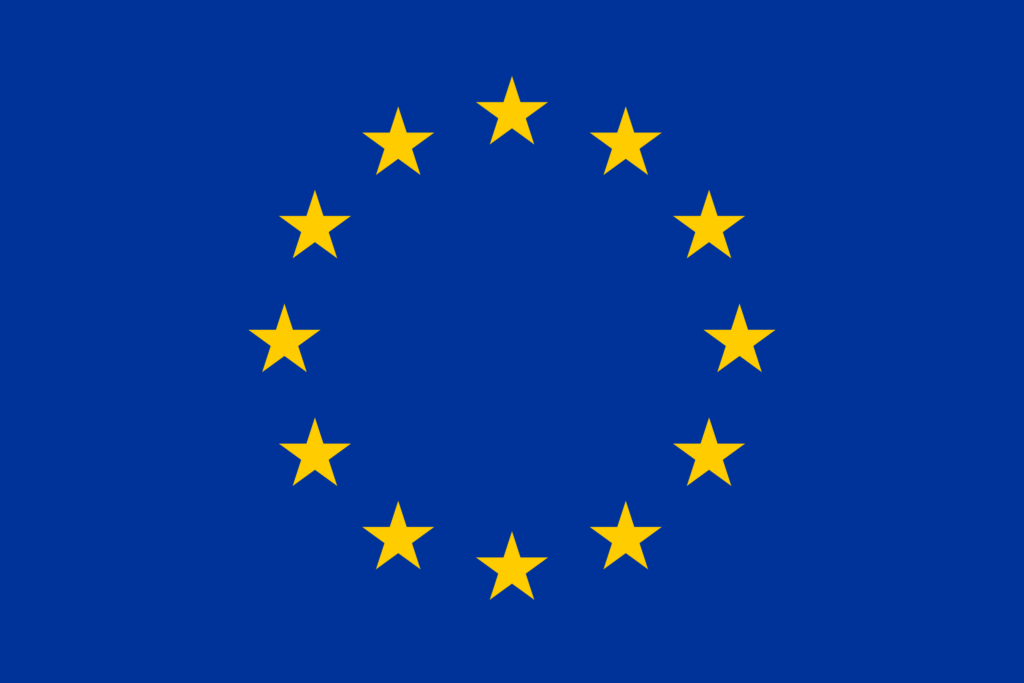
Storyline
Isabella’s Flight is a contemporary take on the Commedia dell’arte tradition, using the ancient stock characters of Isabella and El Capitan to explore themes of military violence and civil resistance. The performances employ humor, irony, and exaggeration to create a thought-provoking and entertaining experience.
At the core of the narrative is El Capitan, a monstrous and dictatorial character whose relevance has stood firm since his creation in the 16th century. Against him is Isabella, a playful child who antagonizes El Capitan and challenges his authority.
Set in a quiet neighborhood, the narrative of “Isabella’s Flight” unfolds amidst a joyful day of child recreation. As Isabella and her neighbor joyfully engage in their games, an abrupt intrusion occurs with the arrival of El Capitan, shattering the tranquility and prompting a tale fraught with uncertainty. Isabella’s audacious actions unwittingly drop her into a chilling encounter with the terrible El Capitan, creating a heart-pounding chase. As the narrative unfolds, the thrill intensifies, showcasing Isabella’s determination and resourcefulness in navigating these unexpected events.
The show consists of seven scenes, and it lasts for 15 minutes. The scenes are as follows: 1. Introduction to Isabella, 2. Introduction to El Capitan, 3. Confrontation, 4. Isabella’s Fall, 5. Encounter with a drunk, 6. Hacking for Redemption, and 7. Restoration of Harmony
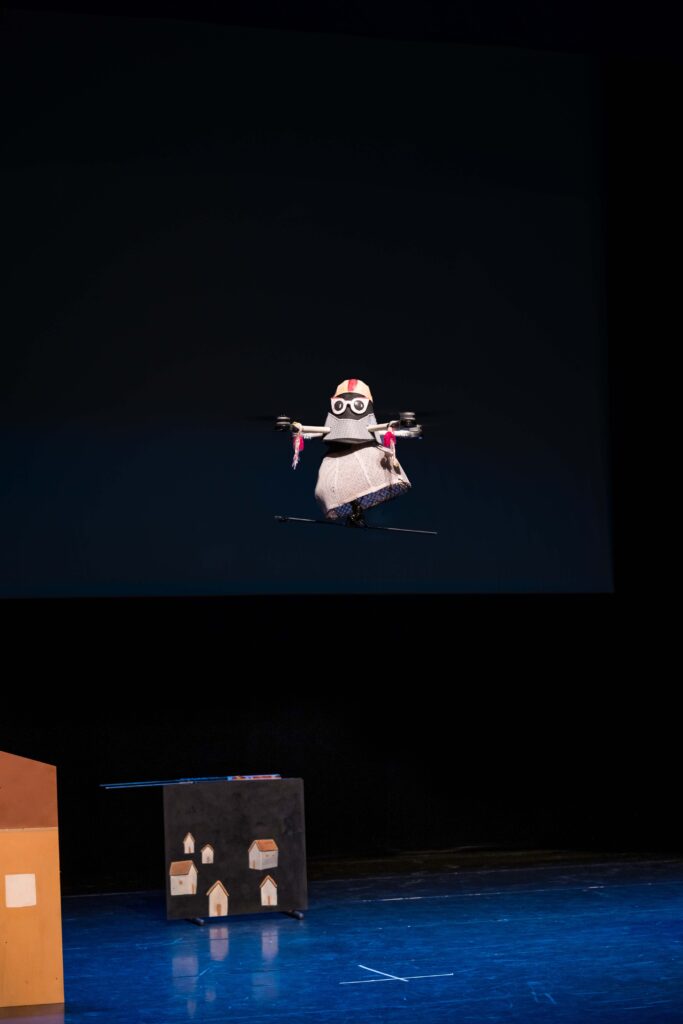
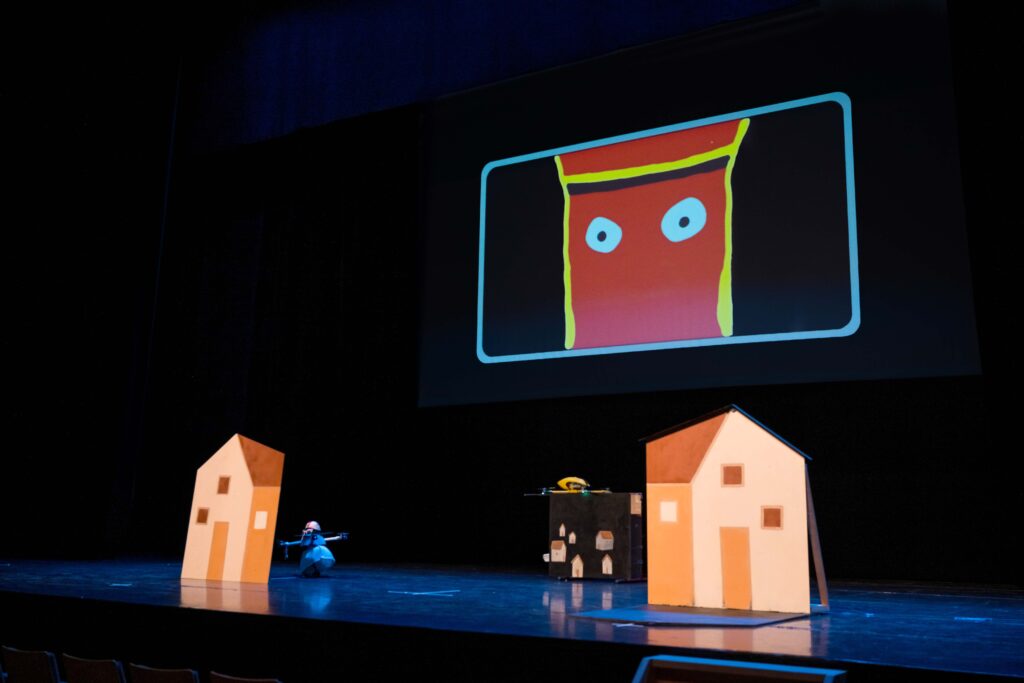
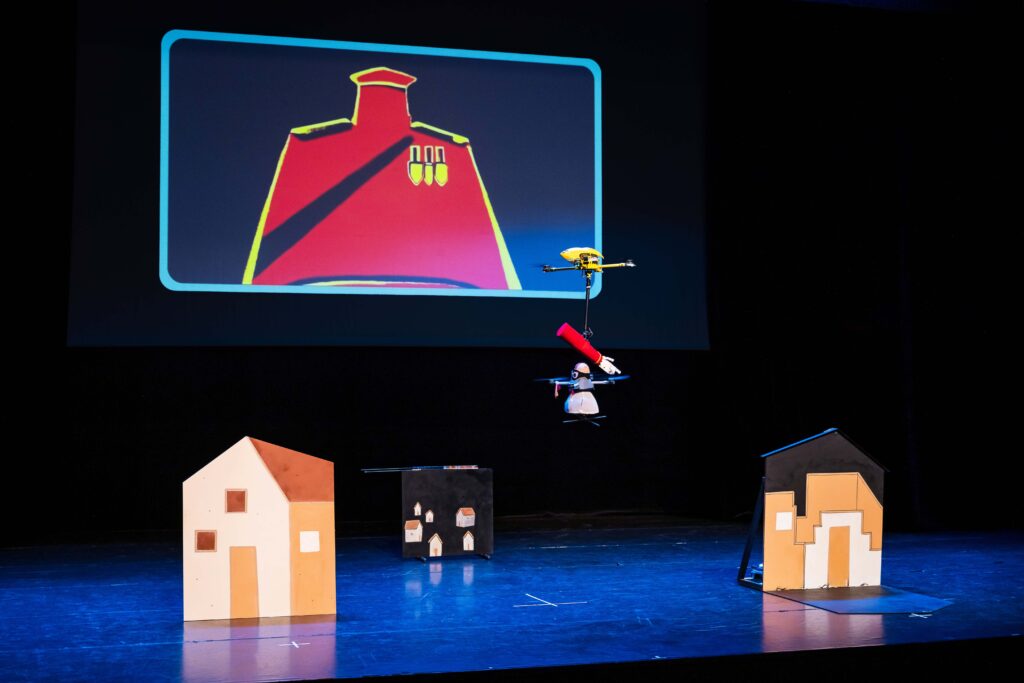
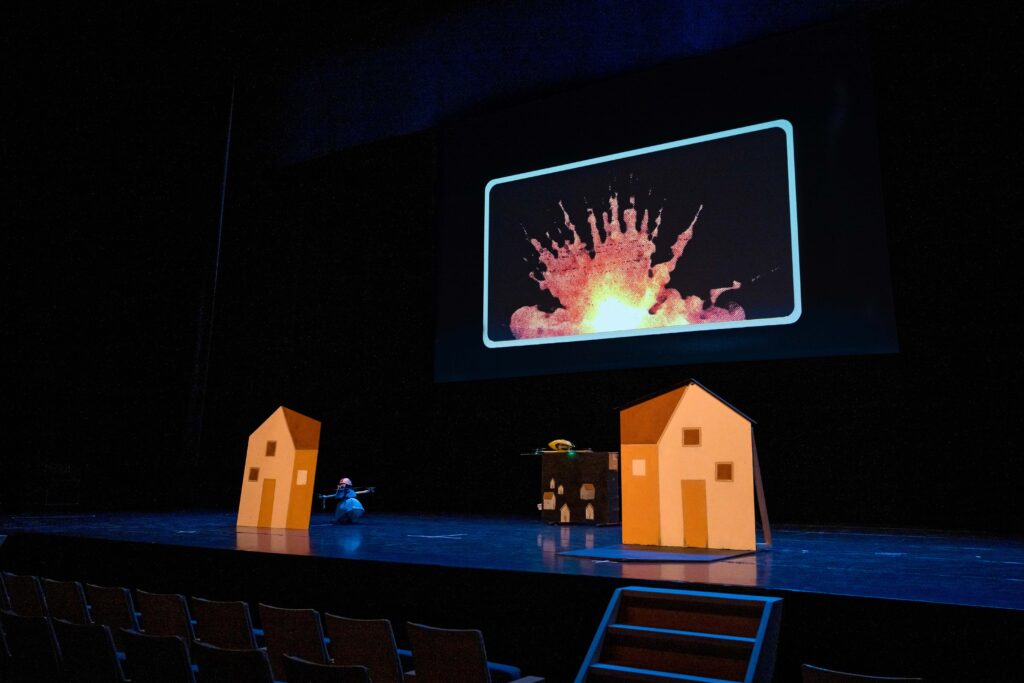
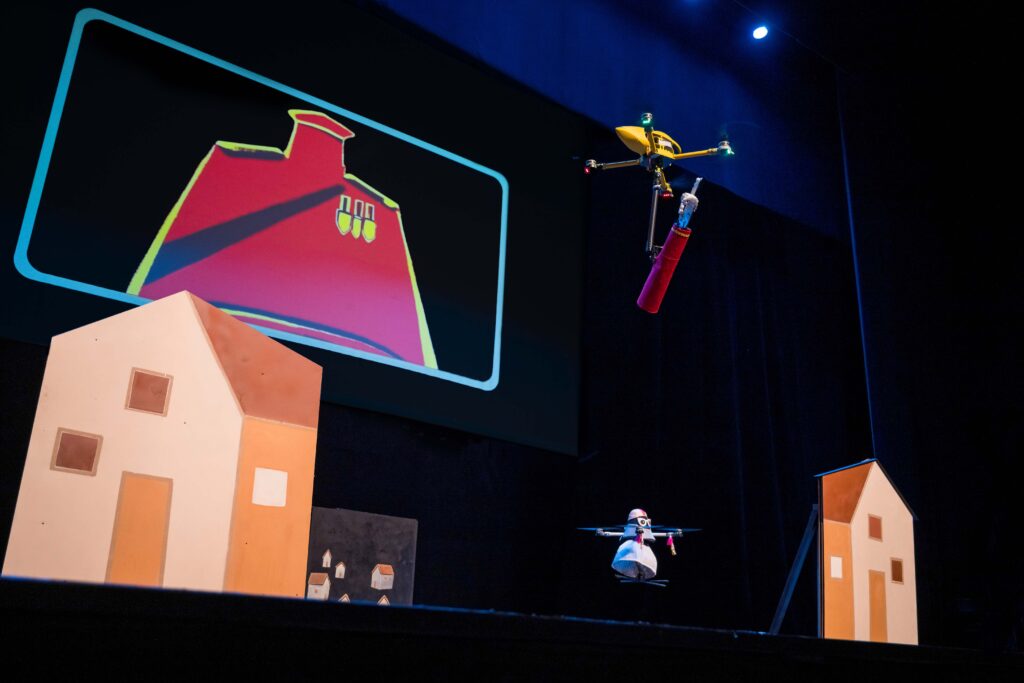

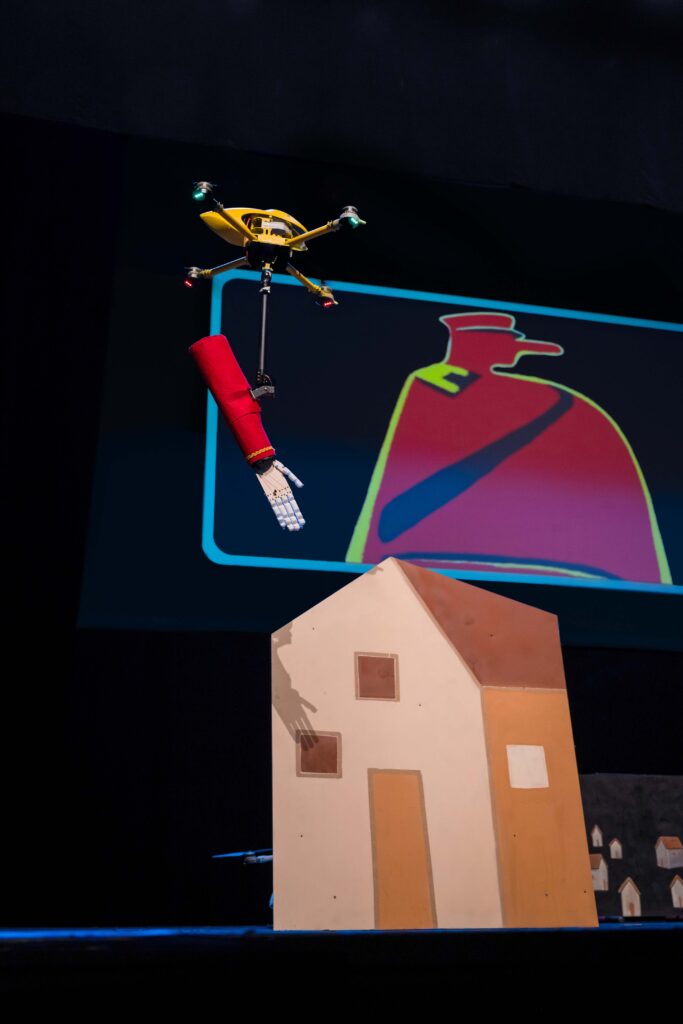
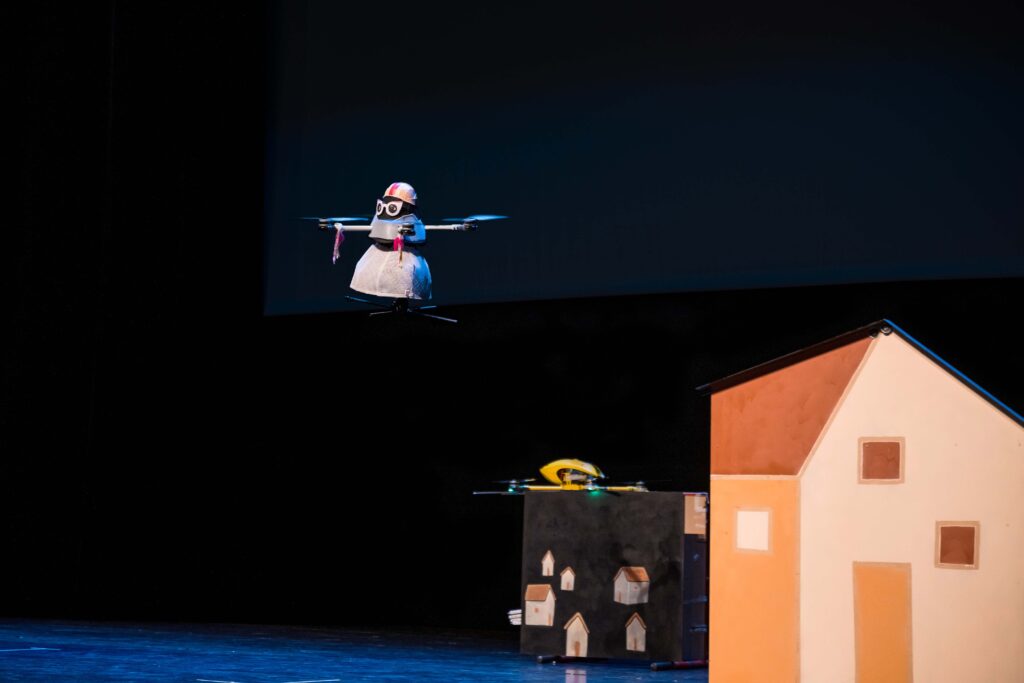
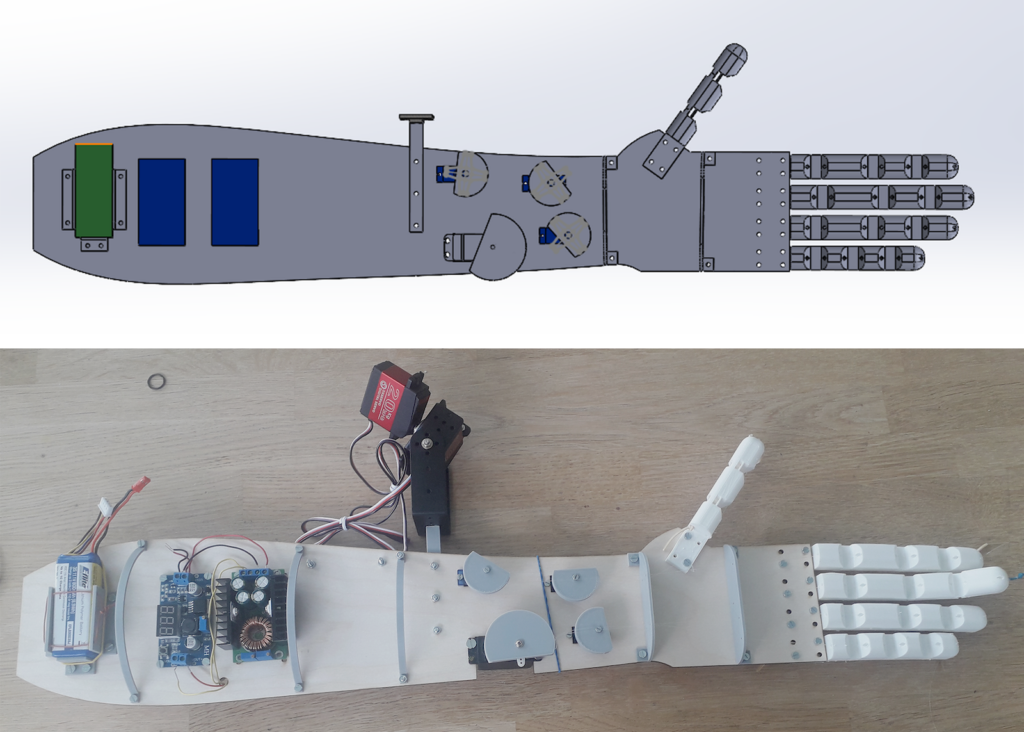
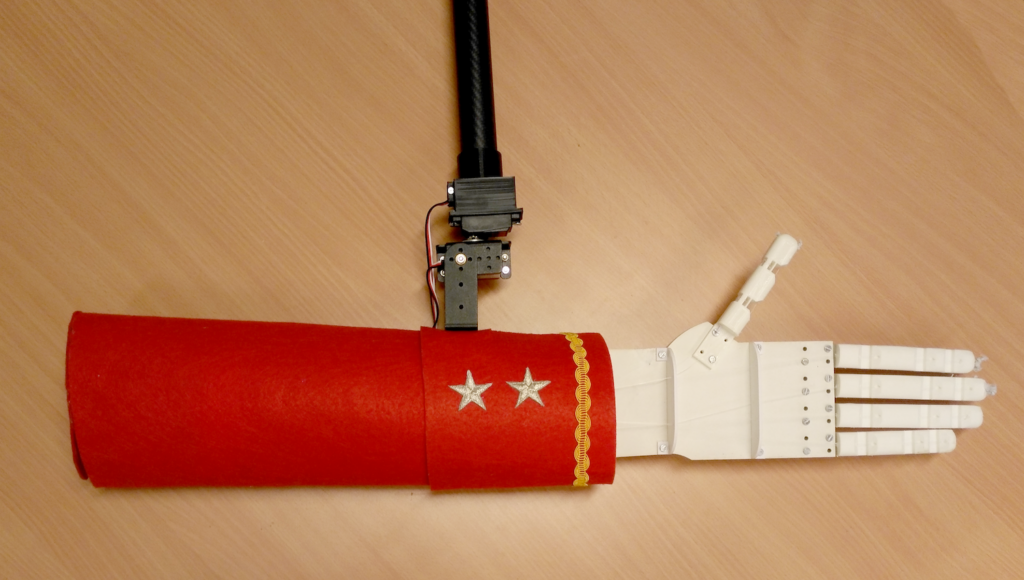
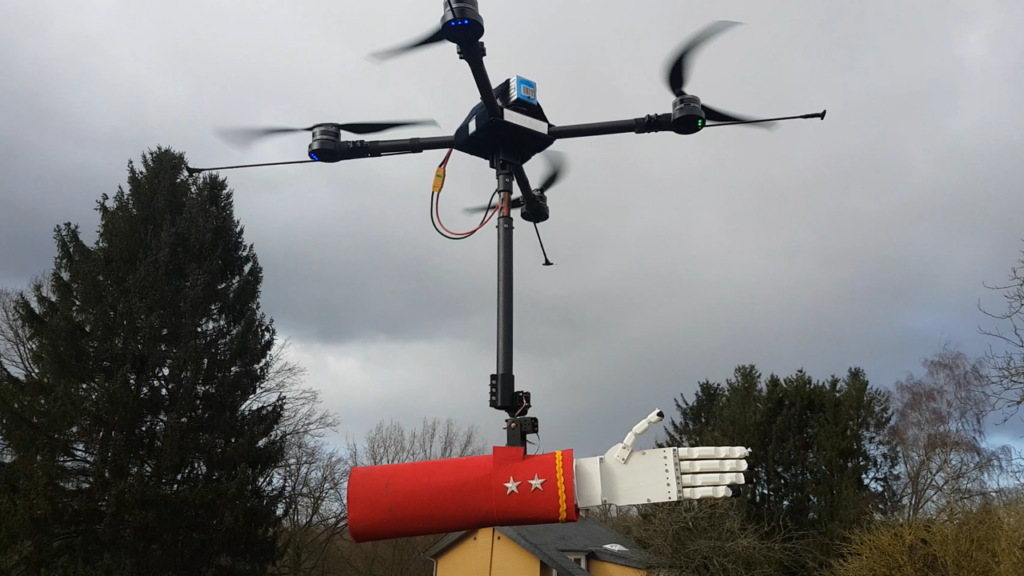
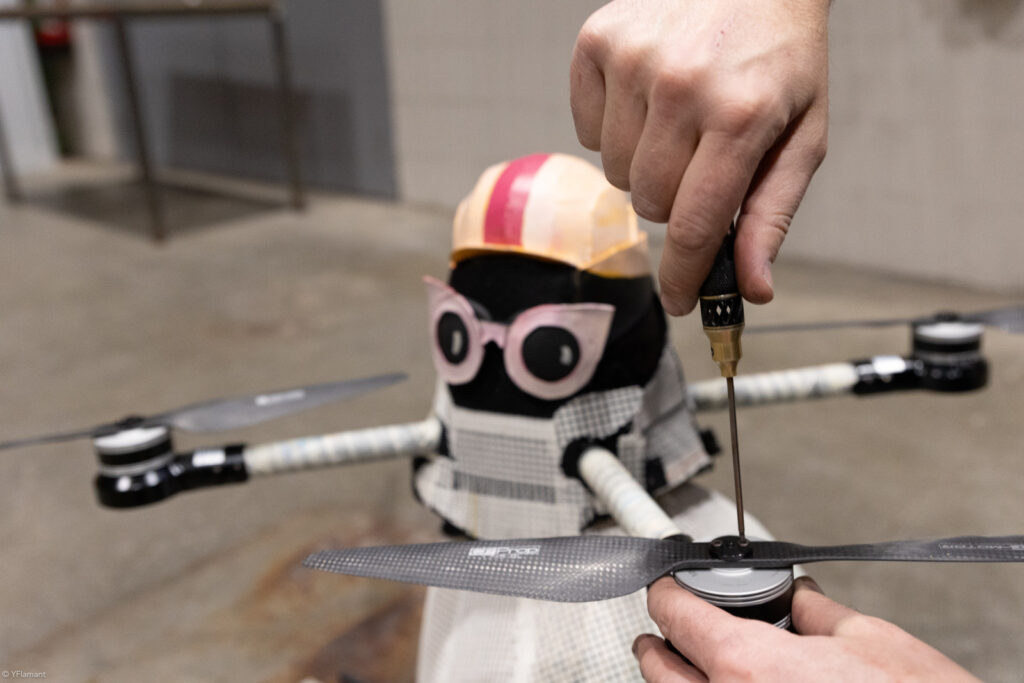
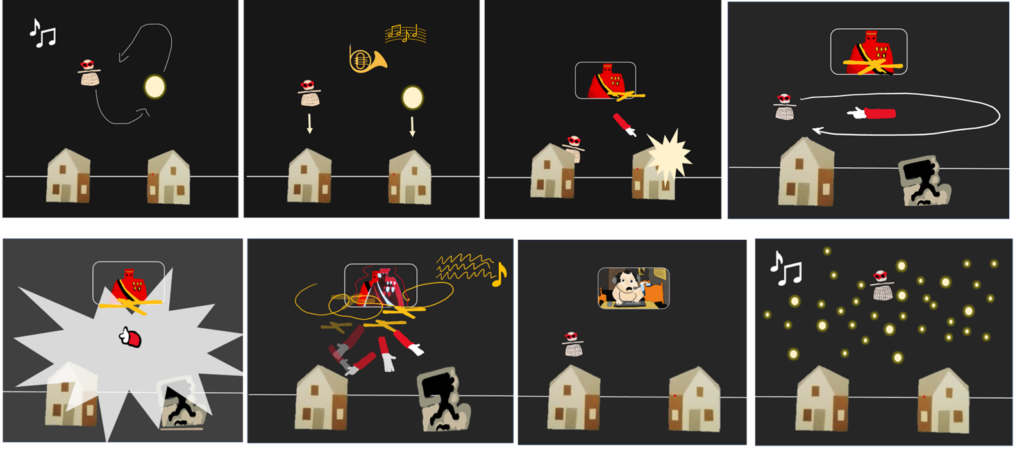
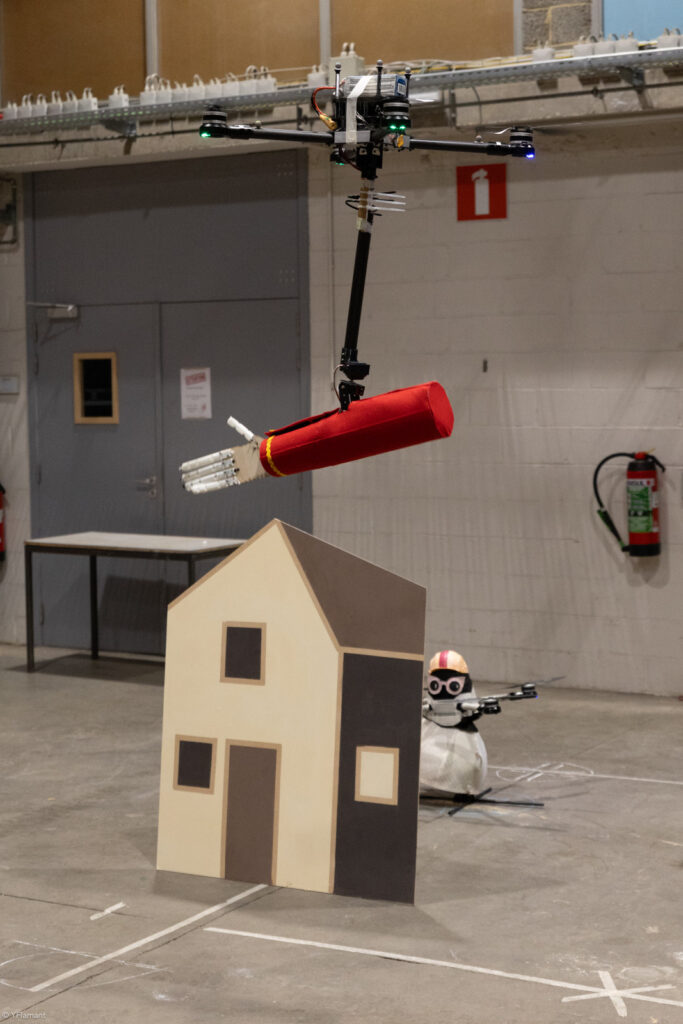
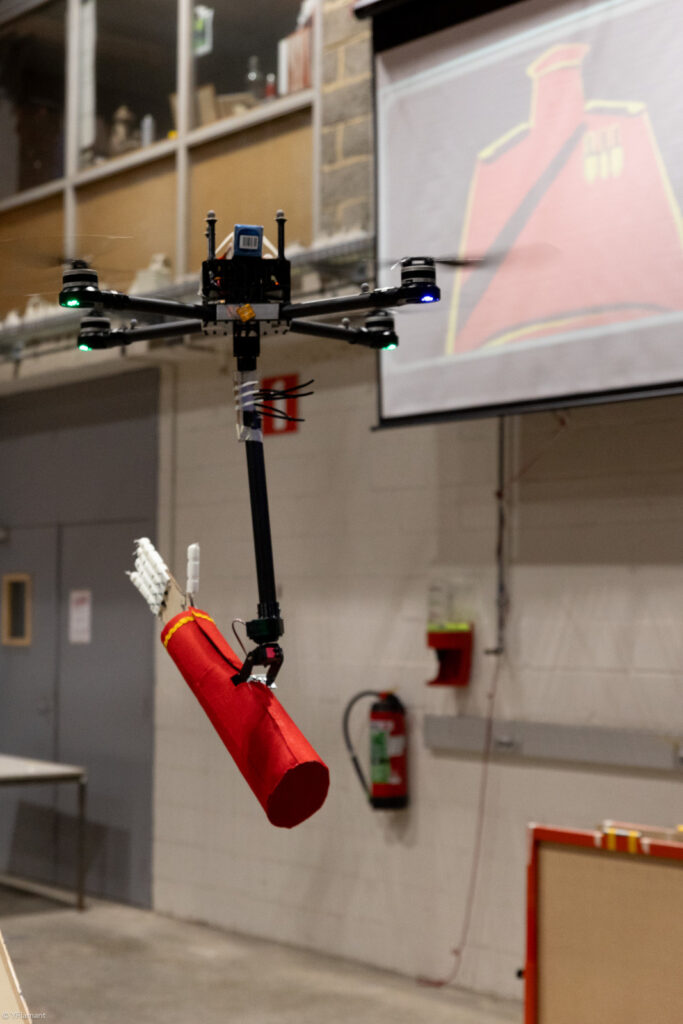
Character Development
El Capitan
El Capitan is a character of duality in the tradition of Commedia dell’arte. He conceals his true nature behind a facade of bravery and invincibility. In appearance, he is an imposing figure, with his torso projected onto a massive screen above the neighborhood. He wears a red military uniform and boasts a drone equipped with a robotic arm that acts as a gun. The “armed” drone enables El Capitan to execute atrocities, always keeping a safe distance from potential threats. However, throughout the story, there is a shift in the character’s demeanor from courageous to cowardly.
Isabella
Isabella is a young and playful version of the traditional Commedia dell’arte character, Isabella. She is a spirited and self-assured child whose presence challenges and subverts El Capitan’s perceived authority with a mix of naive disobedience, cleverness, and graceful agility. Isabella’s body reflects her personality with a chassis resembling arms and a head decorated with her signature red glasses.
Isabella’s emotions are conveyed through the dynamic movement of her skirt. The dress moves from side to side, helping to communicate her emotions and thoughts. It serves as a visual representation of her feelings, expressing her happiness, excitement, sadness, or defiance.
With her unwavering confidence and quick wit, Isabella navigates the challenges El Capitan’s facade presents. Her ability to challenge authority shows a young protagonist with an indomitable spirit.
Puppet Control
The drone puppet show Isabella’s Flight is controlled remotely by a team of five people. Two drone pilots guide the characters’ drones, while two other people control the robotic hand of El Capitan and the skirt of Isabella. A fifth person controls the animation of El Capitan on the screen, the light animation, and the scenery motion.

As we look to future iterations of the performance, our goal is to automate the show.
Thank you
- Institute of Mechanics, Materials, and Civil Engineering (iMMC) of the Université catholique de Louvain
- LEMSC – Mechanical testing, structures, and civil engineering laboratory and its staff (Catherine Doneux, Pierre Mertens, Justin Goosse, Antoine Bietlot, Justin Toussaint, Quentin Mestrez)
- CREDEM laboratory, Benoît Herman and Simon De Jaeger
- Michael Daris and Michel Rys – drone pilots
- Benjamin Dardenne, Basile Payen and Disrael Camargo – arm controllers
- Martin d’Ursel (UCLouvain), Baudouin Losseau (ECAM), Daniel Castroviejo (ULB) and Mehdi Riis (ULB) – Robotic arm design and construction
- Raluca Cibu-Buzac
- Yvan Flamant, photographer
- Roberto Zamboni
- Luciano Frizzera
- Felipe Carrelli
- ID2Move – Emilien Watelet